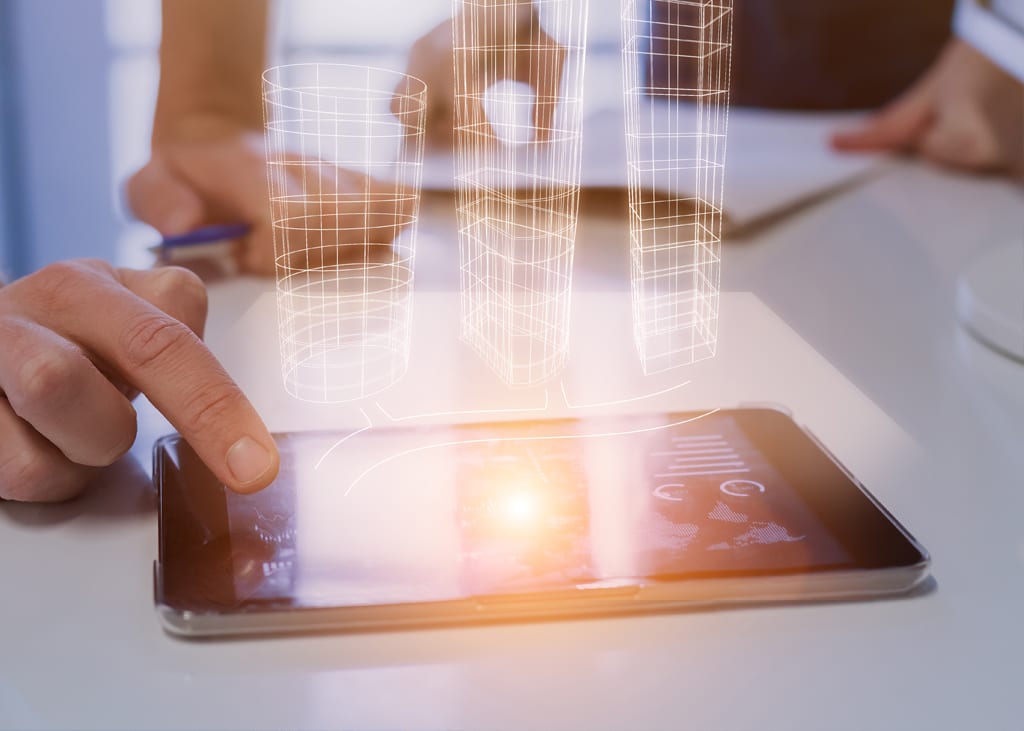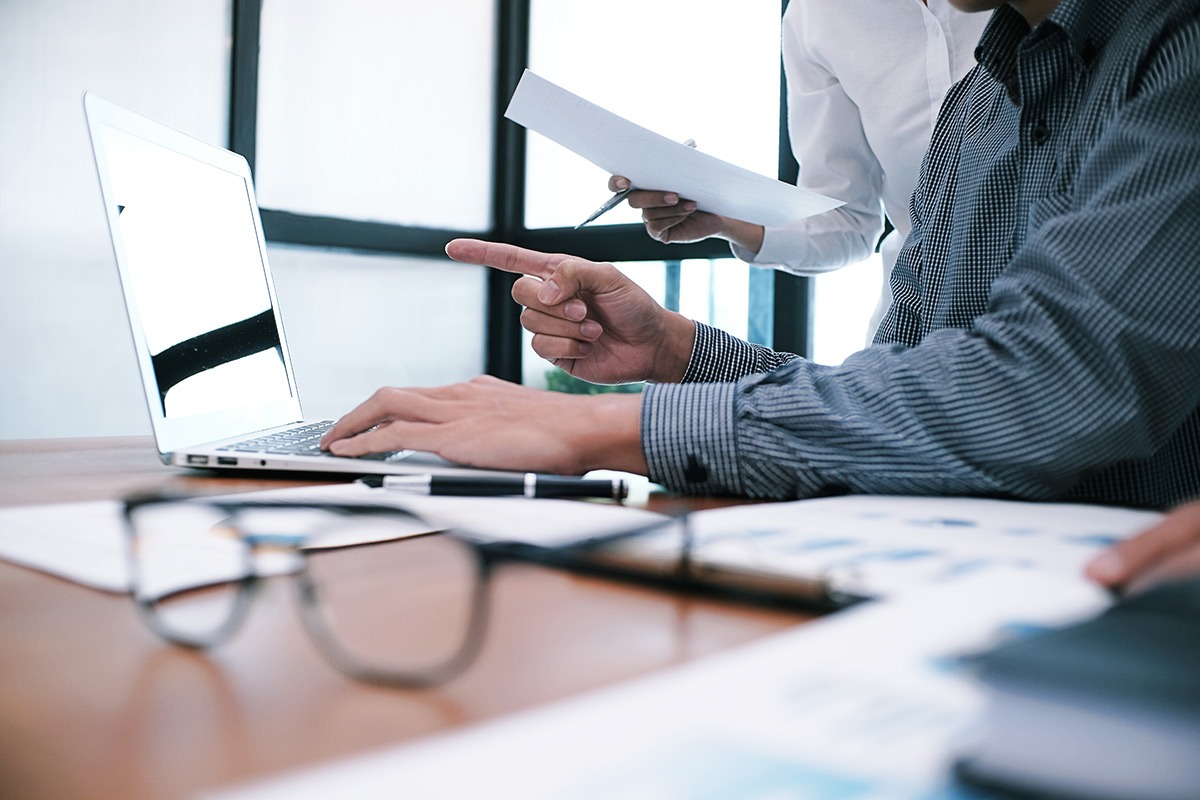Part 2: What’s the real value of a digital real estate twin?

Smarter Decisions with a Digital Twin
A multi-dimensional model or virtual replica of a building that’s connected to smart devices and interactive tools, sometimes called a “digital twin” was introduced as the topic of our last blog post. In this post, we further explore how the concept can prove quite valuable to real estate owners and investors who understand its usefulness.
Digital Twins in the Real World
While this complex building information model that’s packed with information from the design of a building through its entire lifespan may seem to be more valuable in theory than in practice, here are three examples of where a digital twin can prove its worth.
First, think of an owner who’s considering a building renovation. While updating the look of a building may be enjoyable, there are often tough questions to face such as: Should the HVAC system be replaced? Will proposed interior changes enhance or disrupt the current tenant usage patterns? Will they add to long-term costs? How will new materials withstand fire or natural disasters? To address these questions, the digital twin provides both the history of the building’s performance and a projected lifespan and maintenance costs. The digital twin can also be used to simulate the effect of changes on existing traffic patterns or even the impact of potential weather and storms during renovations. Its power to enhance planning, save time and money, and continue historical records is profound.
Another example would be an investor wanting to purchase an operating property. Upside income and return potential are determined from economic and comparative study of the market. Downsides depend on solid understanding of the condition of the existing structure and systems.
Typically, a due diligence team will evaluate a building by asking questions, reviewing available documents and observing the site. Imagine if the seller shared a digital twin of the property: So much more information would be available, allowing the investor to make smarter decisions. Capital and operating budgets could be predicted more accurately along with establishing dependable business plans.
And lastly, from an operational and maintenance perspective, building caretakers can leverage “smart” systems and evaluate building information data to “remember” how and when maintenance tasks were performed and proactively avoid untimely breakdowns. If a part breaks down, it can automatically notify other related systems to minimize disruption and maybe even self-heal. Aircraft and other manufacturers are beginning to have their smart devices share status with engineering and customer service so that quick responses can be implemented at similar locations using the same products. Reliability improves, maintenance efforts are optimized and costs are reduced. In these ways, the digital twin provides true value.
Valuing the Digital Asset
These few examples show how a digital twin to a physical property can be quite beneficial. Savvy long-term owners, like universities, hospitals, the military and other institutions, have to manage all of the phases of a building’s life cycle. Therefore, they have been early adopters of BIM-related tools and digital twin models.
Yet in our experience, few other owners and investors attach a dollar value or reduce discount rate for a digital twin as they might to other intellectual assets such as a building’s name, logo, website or social media accounts. And while a rating like LEED® signifies a level of efficiency at a moment in time, having a digital twin is truly an asset that allows for a better future. In some circumstances (think historical) the value of the digital twin may be greater than the obsolete physical structure.
Have you tapped the power of a digital twin or are you wondering about valuing one in a real estate development or improvement project? We’d love to discuss the possibilities and challenges. For more information on the services we offer clients, browse some of our other articles — or give us a call at 888.357.7342.


